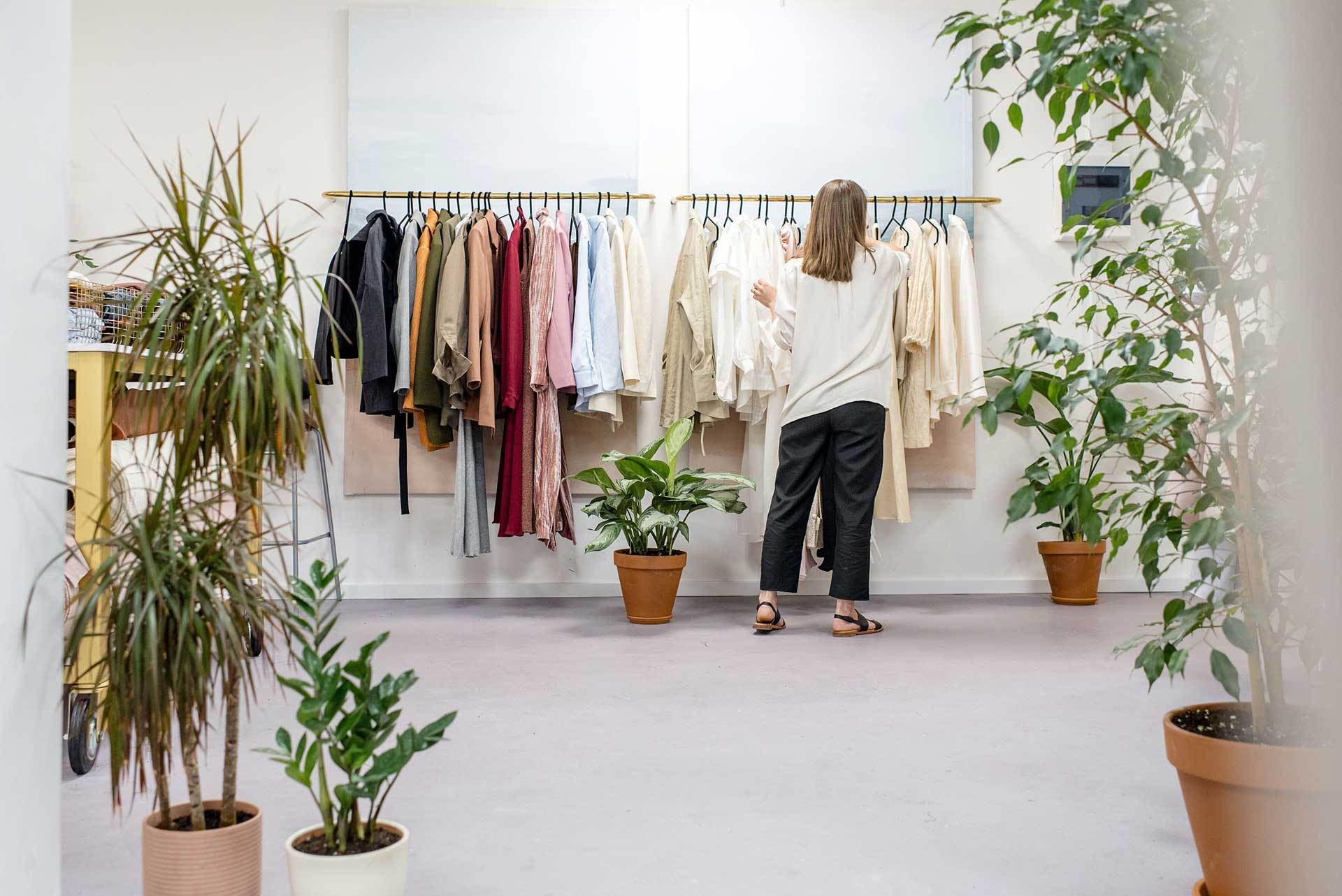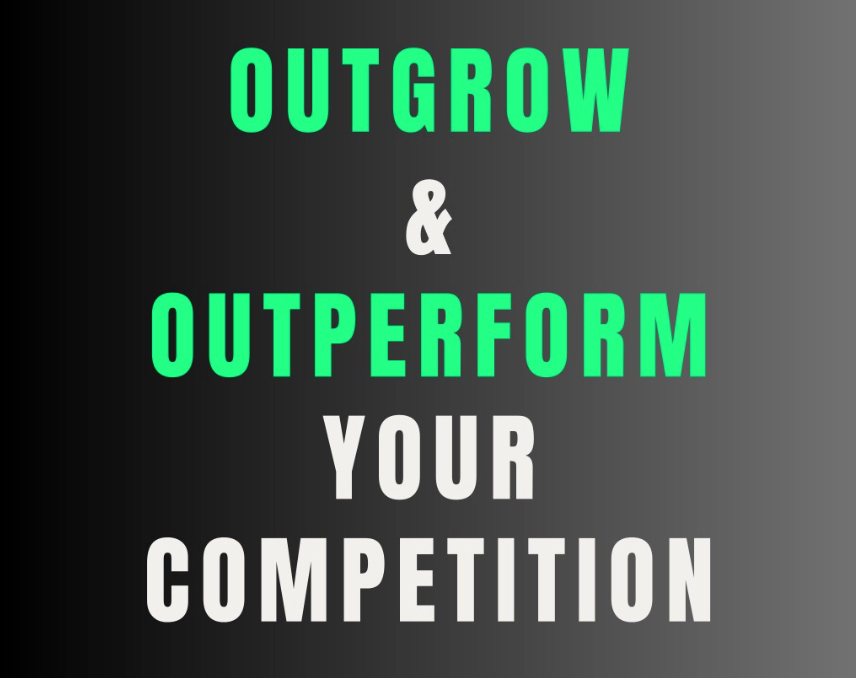Last year was a challenging year for the fashion industry, and at the beginning of this year, it’s still shaky. But Covid-19 made the entire industry wake up, and realize that the way business is done, is not as sound as we thought before. Not for the environment and the workers that are making the products. Customers have changed behaviors, and brands have been forced to refocus and change strategies. New opportunities have arisen like resale and renting.
2021 (and beyond) looks promising, a healthier way of doing business. Here’s where we see the industry is going and topics that are going to help brands grow, even in uncertain times.
Resale and Renting
Fashion industry statistics show that the resale market is predicted to hit $64B in the next 4 years. Resale is expected to grow 5X over the next 4 years, while retail is projected to shrink. The online rental market is predicted to reach $1,96B by 2023.
These numbers show the shift in consumer behavior and that people are now more open to thrifting and buying second hand. Consumers have educated themselves during the pandemic and have understood the environmental damage the fashion industry makes on our planet, and buying second hand is the best way to lower the carbon footprint and to save a buck in today’s economic uncertainties.
Poshmark, Thredup, Vestiaire Collective, and other resale marketplaces have really taken off during the pandemic. New players like Sharesson that are focused on the outdoor segment, have popped up to help make the outdoors circular.
Community
During the pandemic, it’s been obvious what apparel brands really care and what brands are only in it to make money. Brands with a strong community, with direct communication to their peers, have kept their customers. People want to feel heard and know that you care for them.
Sustainability
Customers are much more aware of the damage our fashion industry is making on our planet and how badly workers are treated by, for example, fast fashion companies. Therefore, customers have leaned more towards sustainable options. Sustainability is a huge opportunity for brands, but it needs to be implemented honestly and strategically. Study shows that up to 90% of green claims are not true or inaccurate. Brands should be aware of greenwashing if they want to keep their loyal customers.
Circularity is the future
Sustainable materials, green packaging, etc etc, but the biggest effect on lowering the carbon footprint will be the brands that implement a circular business model.
Brands need to take a look at their entire business operations, product development, and supply chains and change the way their products are birthed, created, and taken care of during and after the product life. The efforts need to come from many brands to change the fashion industry, therefore suppliers, manufacturers, brands, and retailers need to come together to form new ways of doing business and creating/delivering products.
Diversity & inclusivity
We now live in a world where people are proud and honest about who they are and what they stand for. We live in a world where every person matters, no matter economic status, ethnicity, sexuality, religion, size, and color.
Women shop men’s products, and men shop women’s products. Brands have started to offer unisex products, to increase their sizing, to offer season-less products in many different colors to fit many skin tones.
Brands of the future are inclusive and supportive of people embracing who they are.
Honesty, transparency, and ethics
Today’s customers are well educated and informed. Brands can no longer bullshit their communities. Social media can grow a customer base of loyal fans, and it can as quickly and easily destroy a following and turn customers into brand destroying activists.
That’s why transparency and honesty are imperative for a strong connection with a brand’s community. It builds trust. And when a customer trusts a brand, they are loyal to that brand, until the trust is broken.
Own the content
Content is key in today’s digital world. It’s what attracts customers to your site, what keeps people shopping with you and what makes a person into a raving fan instead of a one-time shopper.
Growing brands have constantly evolving content strategies. They own their content, they are their own media houses. They are at the forefront of what is working, constantly tweaking, improving, and putting out content that resonates with their target audience, attracts new customers, and keeps old customers coming back. People are connected now more than ever, constantly looking at their screens, written content, pictures, and video. Social media is moving more towards video content, and so should you.
Content creation is not something that belongs to the marketing department. It’s something that every person working should be helping to create. Customers want to know what’s happening inside of your business. The details, the behind the scenes. They want to feel part of your brand, not like a “customer”.
Agile business operations
The pandemic made it very obvious what brands were slooooow and what brands were on their toes, ready to move with the changes. In the last 6 months, we’ve seen way too many bankruptcies. Many could have been avoided if the brands had been quick to respond to the changing consumer behaviors. The fashion industry has always been and is always going to be about constant change. The brands that are too slow to react and have too complex operations are unfortunately not going to last long.
Digital boost
The online digital demand has soared during the pandemic. Brands that were quick on implementing new digital innovations in their operations have seen a sales boost.
Digital has expanded from an e-com shop and social media to live-shopping via live-streaming, to 24h chatting and customer support, to video customer support, social shopping, and the integration of market places. Some apparel brands have created personalized shopping experiences, and this is sure to become even more important in the future.
Less is more
It’s been evident that having many products doesn’t necessarily mean more profit. What matters though, is the RIGHT type of product, at the right price, with the right margin, is what’s going to give brands the revenue they want. Brands need to find ways of keeping inventory low while selling their products at full price. More and more brands have moved towards season-less collections.
Yes, the apparel industry is constantly changing and evolving, but on the other side, brands are faced with endless opportunities – they just need to make bold, strategic decisions in order to stay ahead and have a chance at succeeding.




